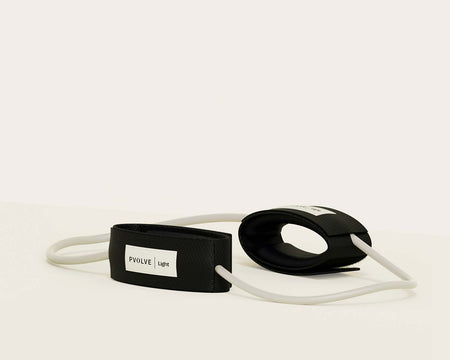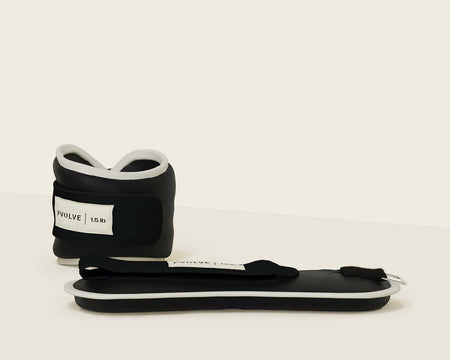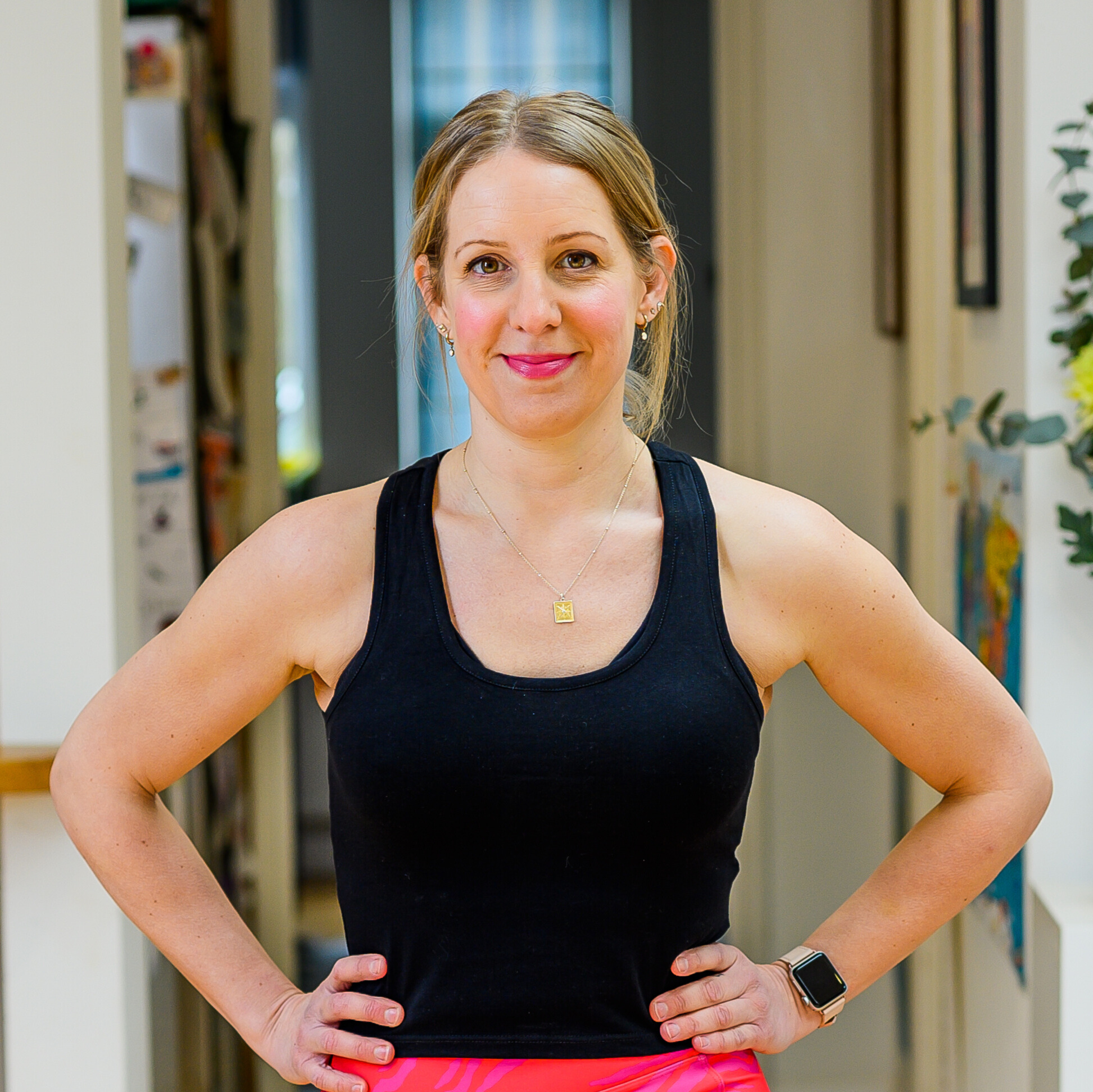Jennifer Aniston’s trainer says these are the three exercises that will help you perfect your squat form and build strong glutes
Strengthen this butt muscle to see your squat game improve
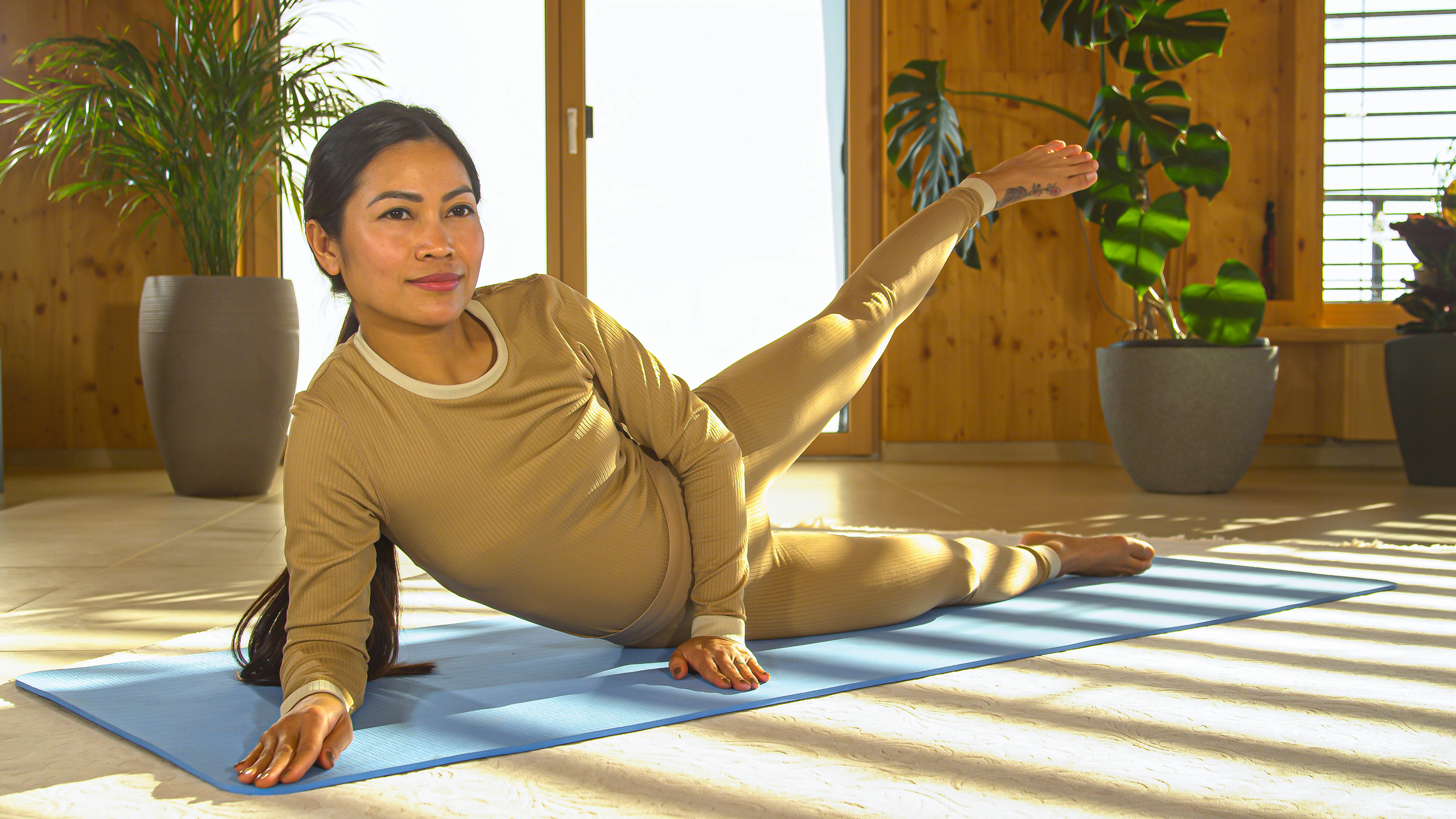
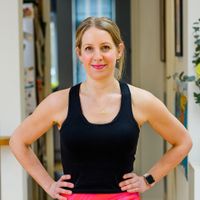
When we squat, the gluteal muscles in the butt—especially the glute maximus and medius—work together to stabilize and mobilize the hips, supporting balance and the lower body.
And if the glute medius (the small muscle on the side of the hip underneath the maximus) is weak, this can cause your knees to cave in when you squat, says Jennifer Aniston’s fitness coach Dani Coleman.
Coleman, VP of training and head trainer at Pvolve, tells Fit&Well that “the glute medius is a key—yet often overlooked—muscle for hip stability, posture and injury prevention.
“Strengthening it supports everything from everyday movement to long-term joint health, which is a core focus of our method at Pvolve.”
Here she suggests three glute medius moves you can try at home today.
A post shared by Fit&Well (@wearefitandwell)
A photo posted by on
1. Side-lying leg lift
Sets: 2-3 Reps: 15-20 each side
How to do it:
Start your week with achievable workout ideas, health tips and wellbeing advice in your inbox.
- Lie on your left side with one leg on top of the other, and your body in a straight line, your left arm on the floor with your head resting on your upper arm.
- Lift your right leg to just above hip height—this is your starting position.
- Raise your right leg as far as your mobility allows.
- Lower with control to the start.
- Do all your reps on your left side, then switch sides.
“A side-lying leg lift is one of my favorite exercises to target the glute medius,” says Coleman. It is performed on the floor, which makes the exercise simpler to execute, and more targeted and effective. This exercise can help improve your hip’s stability and range of motion, which can improve daily functional movements like walking.
“You can complete this movement using your bodyweight or add a resistance band, such as our Pvolve light ankle band, to challenge your lower body and improve your strength.”
Form tip: “Keep your hips stacked to avoid compensating through the lower back, engage your core and use a cushioned mat to help provide lower body support,” says Coleman.
2. Single-leg balance
Sets: 2-3 Reps: 10 each side
How to do it:
- Stand with your weight over your right foot and lift your left foot in front of you, keeping your left leg straight. Put your hands on hips or out to the side for balance
- Bend your right knee and push your hips back to lower until your left heel taps the floor.
- Push through your right foot to stand back up, extending your right knee and hips.
- Do all your reps on one side, then switch sides.
“A single-leg balance challenges the glute medius by forcing it to contract to help stabilize the pelvis and keep your hips level,” says Coleman. “This action also mimics movement patterns such as running, walking and climbing stairs.
“A single-leg balance can be an incredible tool to improve balance, correct muscle imbalances, improve posture, and strengthen stabilizing muscles that are often overlooked.
Form tip: “ If balancing is new to you, feel free to hold onto a stable surface so you can focus on your form,” says Coleman. “As you progress, you can remove the stable surface and rely solely on your body weight. Keep your core engaged to help support your lower back.”
3. Side plank with leg lift
Sets: 2-3 Time: 15-30sec each side
- Lie on your left side with your torso propped up on your left forearm, your left elbow positioned under your shoulders, and one leg on top of the other.
- Engage your core and lift your hips so your body is in a straight line from head to feet and lift your right leg to hip height.
- Hold this position and raise your right leg as far as your mobility allows, then lower it to hip height.
- Continue for time, then repeat on the other side.
“This dynamic move challenges your core, strengthens your glute medius, and can be amplified by adding light ankle weights to your legs,” says Coleman. You can also modify the exercise by holding the side plank on your lower knee, rather than lower foot.
“When completing this exercise, you will feel your outer glutes strengthen, which can help prevent injuries to your lower back, hips and knees.”
Form tip: “Keep your spine lengthened, your neck long and core engaged,” says Coleman.
Maddy Biddulph is a journalist specializing in fitness, health and wellbeing content, with 26 years in consumer media working as a writer and editor for some of the bestselling newspapers, magazines and websites in the US and UK, including Marie Claire, The Sunday Times and Women’s Health UK.
She is a CIMPSA-certified PT and works one-on-one with clients, as well as running Circuits Club classes which mixes cardio and strength training and chair-based exercise classes for seniors.
You must confirm your public display name before commenting
Please logout and then login again, you will then be prompted to enter your display name.
